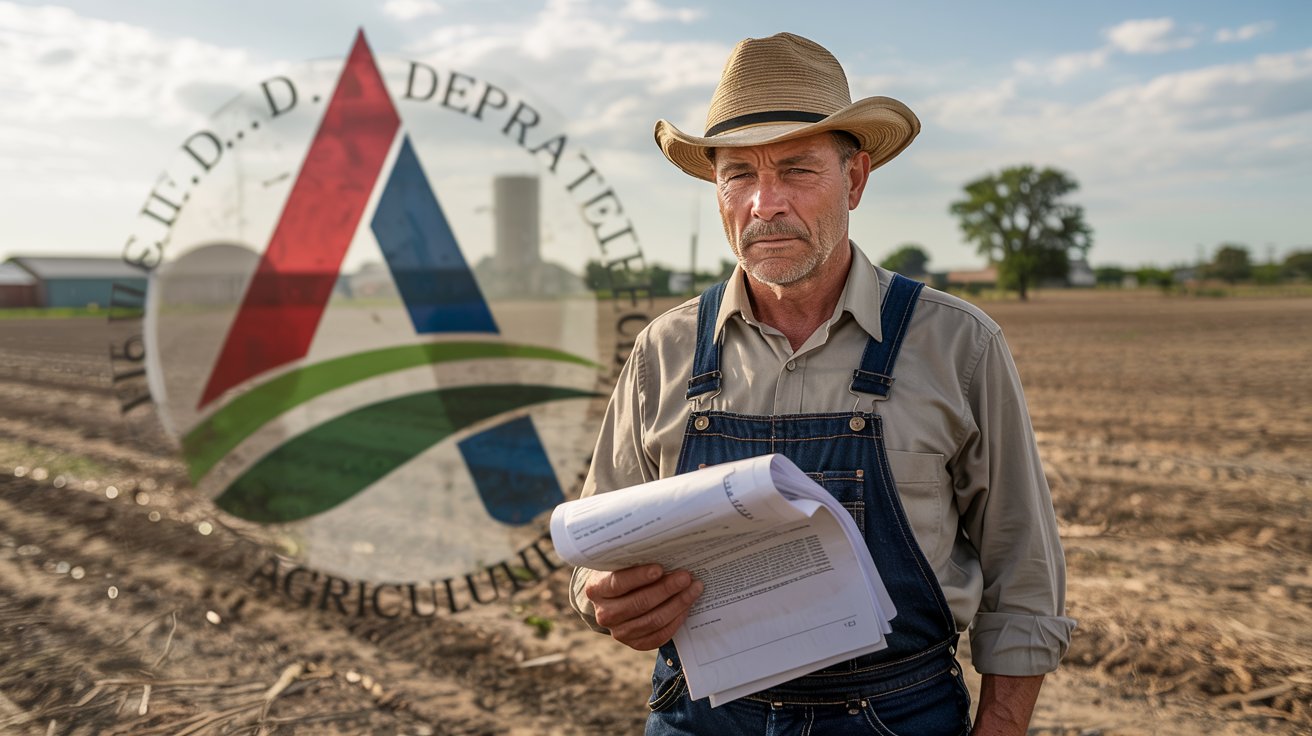Trump Cancels $3 Billion Climate-Friendly Farming Program—Here’s What It Means for U.S. Farmers and the Planet, as the federal government ends one of the country’s most ambitious efforts to support eco-friendly agriculture, raising deep concerns across the farming and environmental sectors.
1. What Was the Purpose of the Climate-Friendly Farming Program?
The Partnership for Climate-Smart Commodities, introduced by the Biden administration, aimed to support U.S. farmers in adopting climate-conscious practices. With a $3 billion federal budget, the program funded:
- Carbon-reducing soil practices
- Methane-reduction methods
- Sustainable livestock and crop initiatives
Over 135 approved projects received funding, involving groups like the National Fish and Wildlife Foundation, and companies like ADM and PepsiCo. The initiative was intended to reward farmers for reducing emissions while maintaining food productivity.
Climate-Friendly Farming, Breakdown of Program Goals and Beneficiaries
| Program Focus Area | Purpose | Example Beneficiaries |
|---|---|---|
| Carbon Capture in Soil | Reduce CO₂ emissions | Midwest grain farmers |
| Methane Emission Control | Improve livestock sustainability | Dairy farms in Wisconsin |
| Water Conservation Practices | Manage drought impacts | California fruit growers |
| Climate Data Tracking Systems | Monitor environmental progress | Research groups and universities |
2. Why Did the Trump Administration Cancel It?
The Trump administration halted the program, citing inefficiency and political bias. According to a USDA internal audit, only 42% of the funds directly reached farmers, while the rest was spent on administration and consulting.
Agriculture Secretary Brooke Rollins labeled the initiative as a “green spending spree,” arguing that the government must focus on programs where a minimum of 65% of funds directly benefit the farmers.
This cancellation aligns with the broader Trump-era policy of rolling back climate initiatives deemed ineffective or politically motivated.
3. Impact on U.S. Farmers and Ongoing Climate Efforts
The termination disrupts hundreds of climate-aligned projects, especially in states like California, Iowa, and Georgia, where farmers had adopted practices expecting federal support.
According to the American Farm Bureau Federation, up to 48,000 farmers were expected to benefit, and cancellation could lead to:
- Delays in sustainable equipment purchases
- Loss of private-sector match investments
- Reduced adoption of regenerative practices
Environmental experts also warn this move may slow the U.S.’s climate progress, especially given that agriculture contributes 10% of national greenhouse gas emissions, per EPA data.
4. Can the Program Be Saved or Reformed?
While the federal funding has been canceled, the USDA is offering a limited path for revival. Projects may continue only if they meet strict new criteria, such as:
- Proof that at least 65% of funds go directly to farmers
- Payments must be issued by December 31, 2024
Some states, like New York and California, are already preparing state-funded alternatives to avoid project shutdowns. Meanwhile, major agribusiness firms may offer private ESG partnerships to fill the funding gap.
5. What Does This Mean for Climate-Smart Agriculture in America?
The cancellation marks a critical turning point. Without coordinated national funding, the future of U.S. climate-smart agriculture may depend more on state and private sector leadership.
Experts warn that without incentives, smaller farms may struggle to afford costly climate practices like cover cropping, rotational grazing, or low-emission irrigation. This could slow innovation and widen the gap between industrial and family-owned farms.
If new funding models aren’t implemented, the long-term risk is a national backslide in sustainable agriculture goals.
Conclusion: A Challenge for American Farmers and Climate Advocates
The end of the $3 billion climate-friendly farming program puts the burden back on individual farmers, states, and private players to keep sustainability efforts alive. Without federal coordination, progress may become fragmented, inconsistent, and slower—putting the U.S. at risk of missing key climate goals.
This decision also signals a wider policy shift—where climate-smart initiatives may face scrutiny not only for their science but also their spending. Whether this becomes a temporary roadblock or a long-term setback depends on how fast new alternatives are developed.
[USnewsSphere.com / reu.]





